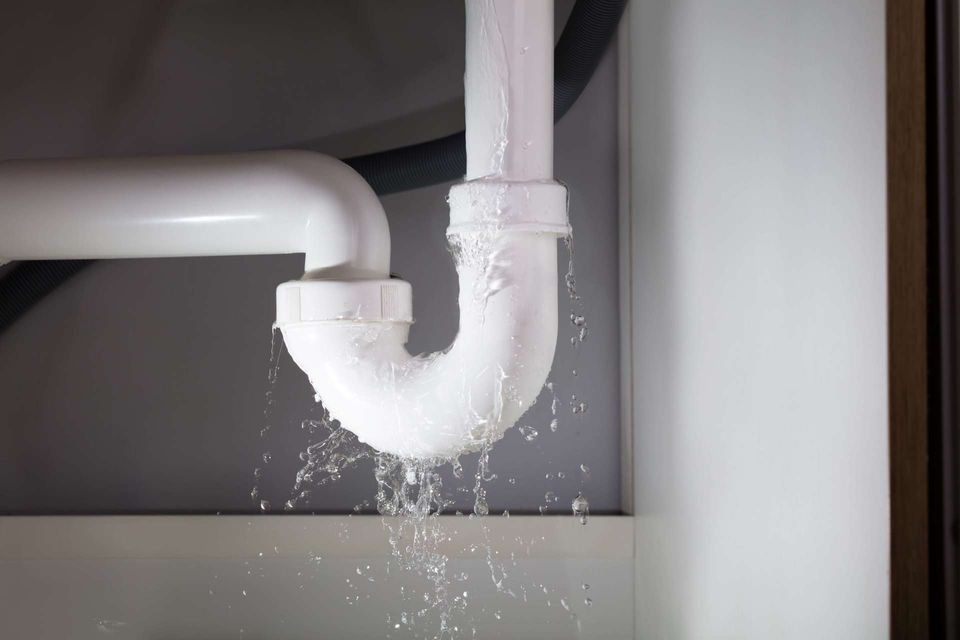6 Ways to Find Concealed Water Leakages in Your Home
6 Ways to Find Concealed Water Leakages in Your Home
Blog Article
Everybody is bound to have his or her own opinion on the subject of Locating water leaks.

Early discovery of dripping water lines can reduce a prospective disaster. Some small water leaks may not be visible.
1. Analyze the Water Meter
Every house has a water meter. Inspecting it is a guaranteed manner in which assists you find leakages. For starters, switch off all the water resources. Ensure no person will certainly purge, utilize the faucet, shower, run the washing maker or dishwasher. From there, most likely to the meter as well as watch if it will certainly alter. Given that no one is utilizing it, there must be no activities. That shows a fast-moving leak if it moves. If you spot no modifications, wait an hour or 2 and examine back once more. This implies you may have a slow-moving leakage that can even be below ground.
2. Examine Water Consumption
Evaluate your water costs and track your water usage. As the one paying it, you must observe if there are any kind of disparities. If you identify sudden changes, despite your consumption coinciding, it suggests that you have leakages in your plumbing system. Keep in mind, your water bill need to drop under the exact same range every month. An abrupt spike in your bill suggests a fast-moving leakage.
A stable rise every month, also with the same routines, shows you have a slow-moving leakage that's likewise gradually escalating. Call a plumber to extensively check your residential property, specifically if you feel a cozy location on your flooring with piping beneath.
3. Do a Food Coloring Examination
When it comes to water usage, 30% comes from bathrooms. If the color somehow infiltrates your dish throughout that time without flushing, there's a leakage in between the container and bowl.
4. Asses Exterior Lines
Do not neglect to check your outside water lines also. Should water leak out of the connection, you have a loosened rubber gasket. One little leak can lose bunches of water and spike your water costs.
5. Examine and Examine the Circumstance
Property owners should make it a habit to examine under the sink counters and also also inside closets for any kind of bad odor or mold and mildew growth. These 2 warnings show a leakage so prompt focus is required. Doing regular inspections, even bi-annually, can save you from a significant problem.
Check for discolorations as well as deteriorating as a lot of appliances and pipes have a life expectations. If you believe leaking water lines in your plumbing system, do not wait for it to intensify.
Early discovery of leaking water lines can alleviate a possible catastrophe. Some tiny water leaks might not be visible. Inspecting it is a proven method that assists you discover leaks. One tiny leak can lose heaps of water as well as spike your water expense.
If you suspect leaking water lines in your plumbing system, don't wait for it to intensify.
WARNING SIGNS OF WATER LEAKAGE BEHIND THE WALL
PERSISTENT MUSTY ODORS
As water slowly drips from a leaky pipe inside the wall, flooring and sheetrock stay damp and develop an odor similar to wet cardboard. It generates a musty smell that can help you find hidden leaks.
MOLD IN UNUSUAL AREAS
Mold usually grows in wet areas like kitchens, baths and laundry rooms. If you spot the stuff on walls or baseboards in other rooms of the house, it’s a good indicator of undetected water leaks.
STAINS THAT GROW
When mold thrives around a leaky pipe, it sometimes takes hold on the inside surface of the affected wall. A growing stain on otherwise clean sheetrock is often your sign of a hidden plumbing problem.
PEELING OR BUBBLING WALLPAPER / PAINT
This clue is easy to miss in rooms that don’t get much use. When you see wallpaper separating along seams or paint bubbling or flaking off the wall, blame sheetrock that stays wet because of an undetected leak.
BUCKLED CEILINGS AND STAINED FLOORS
If ceilings or floors in bathrooms, kitchens or laundry areas develop structural problems, don’t rule out constant damp inside the walls. Wet sheetrock can affect adjacent framing, flooring and ceilings.
https://www.servicemasterbyzaba.com/blog/how-to-detect-water-leakage-in-walls/

I am just very focused on Leaking water lines and I'm hoping you liked my blog posting. Sharing is nice. Helping others is fun. We enjoy reading our article about Detecting hidden plumbing leaks.
Report this page